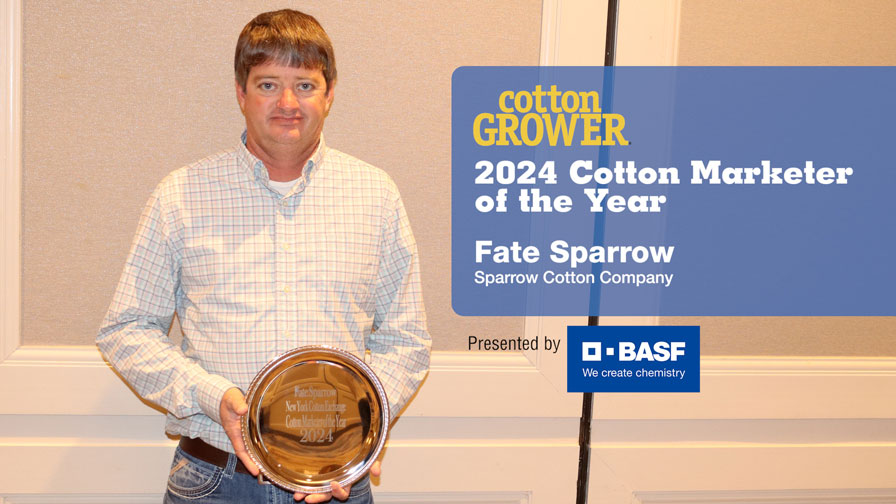Finding Their Place
Because of our common language and culture, AFCOT is particularly interested in the health of the cotton industry in the French-speaking countries of Africa. The social and economic influences of cotton cultivation and ginning in this part of the world are critically important.
As a European association, we are concerned about the sustainability of this crop in parts of Africa where the money it brings in is distributed to people living in remote rural regions. We are convinced that the viability of the cotton cultivation and ginning industry prevents the mass exodus of these rural people to big towns and/or their emigration (most of the time illegally and in dreadful conditions) to Europe.
African growers have faced their share of challenges. Price paid for seed cotton has been so poor during the past five years that it has caused global production to decrease by 50 percent (from 1 million tons to about 500,000 tons). Thanks to the encouraging rise in the price of lint over the last few months and with better prices being paid for cotton seed recently, we can finally hope for a financial recovery among ginning companies in the African Franc Zone.
Even if these countries are penalized by the rate of the Euro against the U.S. dollar, let’s hope this price improvement will also benefit farmers in this part of the world as, with the prices offered by the world market plus the increased cost of fertilizers and pesticides, their income from cotton cultivation has continually dropped over the last five years.
Improving Profitability
In this context, producers and ginners have spared no effort to improve profitability either by increasing the quantity of their crop or by lowering the cost of each step in production — from collecting seed cotton from villages to delivering bales to loading ports on free-on-board position.
If these efforts are finally rewarded by better prices, it will boost production in this part of the world, which has a vast potential for cultivation (large land areas are available and growers are not limited by water supply) and ginning capacity for 1.2 million tons of lint.
As most of this lint is traded under European Cotton Rules-AFCOT, AFCOT will continue to keep these rules adapted to users and will continue to provide guidelines for fair settlement of potential trade disputes. Even if the cotton world is deeply changing —notably with new predominating areas of consumption; volatility of the New York cotton exchange and its consequences for hedging physical positions; and the disappearance and appearance of trading companies — the fact still remains that about one-third of lint produced in one part of the world is consumed in another part.
In cooperation with other cotton associations around the globe, AFCOT will continue to promote good trading practices among the world cotton community. We consider the Committee for International Co-operation Between Cotton Associations (CICCA) to be a good platform for discussions, where all of the cotton associations can make their voices heard.









